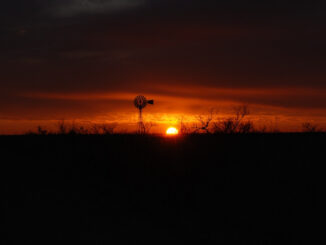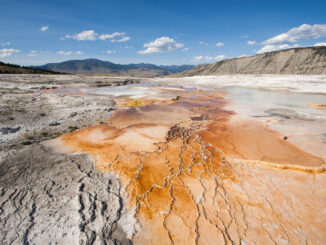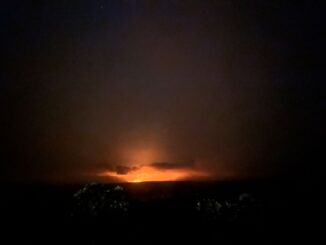
Grizzly bears will likely once again roam the Pacific Northwest’s Cascade Range.
The United States Fish and Wildlife Service is zeroing in on a plan to achieve a viable population of 200 wild grizzly bears inhabiting North Cascades National Park in Washington State.
The agency issued a final Environmental Impact Statement outlining two viable paths for restoring grizzlies to the North Cascades. The Washington Department of Fish and Wildlife and the US Forest Service aided USFWS in formulating the plan. The EIS was also drafted after FWS received public input through a 45-day public comment period.
This is the final step before the relevant federal and state agencies decide whether or not to launch a grizzly bear recovery effort in North Cascades National Park. They are widely expected to do so. FWS says a final decision will be issued “in the weeks ahead.”
Though agencies are stressing that a final decision is still pending, conservation groups are already declaring victory. Several organizations released statements celebrating the release of the final EIS.
“I can’t think of better news to usher in the promise of spring than this historic step toward restoring grizzly bears to the North Cascades,” said Paula MacKay, a conservation specialist at the Woodland Park Zoo.
“We applaud the National Park Service and the US Fish and Wildlife Service for deciding to actively restore grizzly bears to North Cascades,” said Endangered Species Coalition director Susan Holmes.
Under the plan, Fish and Wildlife proposes releasing from three to seven adult grizzly bears into North Cascades National Park each year “over roughly five to ten years” as the EIS outlines. Once a population of 25 grizzly bears is achieved, FWS says it would then shift gears toward “adaptive management” as the grizzly population is expected to grow naturally.
FWS says it prefers to manage the future North Cascades grizzly bear population as a “nonessential experimental population” in accordance with section 10(j) of the 1973 Endangered Species Act. Making that particular designation would first require a special rule-making procedure.
An alternative plan would have the grizzly population in North Cascades National Park managed as a threatened species under ESA.
“Grizzly bears occupied the North Cascades for thousands of years as an essential part of the ecosystem, distributing native plant seeds and keeping other wildlife populations in balance,” Fish and Wildlife said in its announcement. “In the 20th century, humans nearly hunted them to extinction in the area.”
Grizzly bears in the United States were listed as threatened under ESA in 1975.
Conservation officials later established six “recovery zones” in the western states, habitats where grizzly bears were known to historically range. Of the six zones established, only four of these zones host grizzly bears today. The North Cascades zone will become the fifth to do so once FWS’s plan is implemented.
In the US North Cascades, no grizzly bears have been encountered for decades and FWS says the species has been completely extirpated from this particular ecosystem. A study that later became part of this final EIS concluded that the North Cascades could sustain a population of approximately 280 grizzly bears. FWS is aiming for a population of 200.
“The most recent confirmed observation within the US portion of the [North Cascades ecosystem] was in 1996, south of Glacier Peak,” FWS officials said. “There has been no verified evidence of grizzly reproduction in the NCE for at least 30 years.”
Officials say they are mindful of the need to manage the grizzlies in ways that minimize conflict with humans, including authorizing “lethal take” if necessary, meaning hunting. The policy as it’s written in the EIS seems to reflect lessons learned from the introduction of gray wolves in the face of stiff opposition by local ranching interests.
Designating a restored North Cascades population as a nonessential experimental population “is expected to improve social tolerance of grizzly bears and, in turn, improve the chances of establishing and maintaining a grizzly bear population” according to the EIS.
Conservation groups seem confident that one of the two action plans outlined in the EIS will be adopted by federal authorities, largely ensuring the return of grizzlies to the North Cascades after nearly three decades.
“Finally, there is hope to see grizzly bears again in this wild landscape,” said Defenders of Wildlife representative Kathleen Callaghy.
©2025 Public Parks
Park Info
Park:
North Cascades National Park
Location:
Washington State, USA
More Information:



